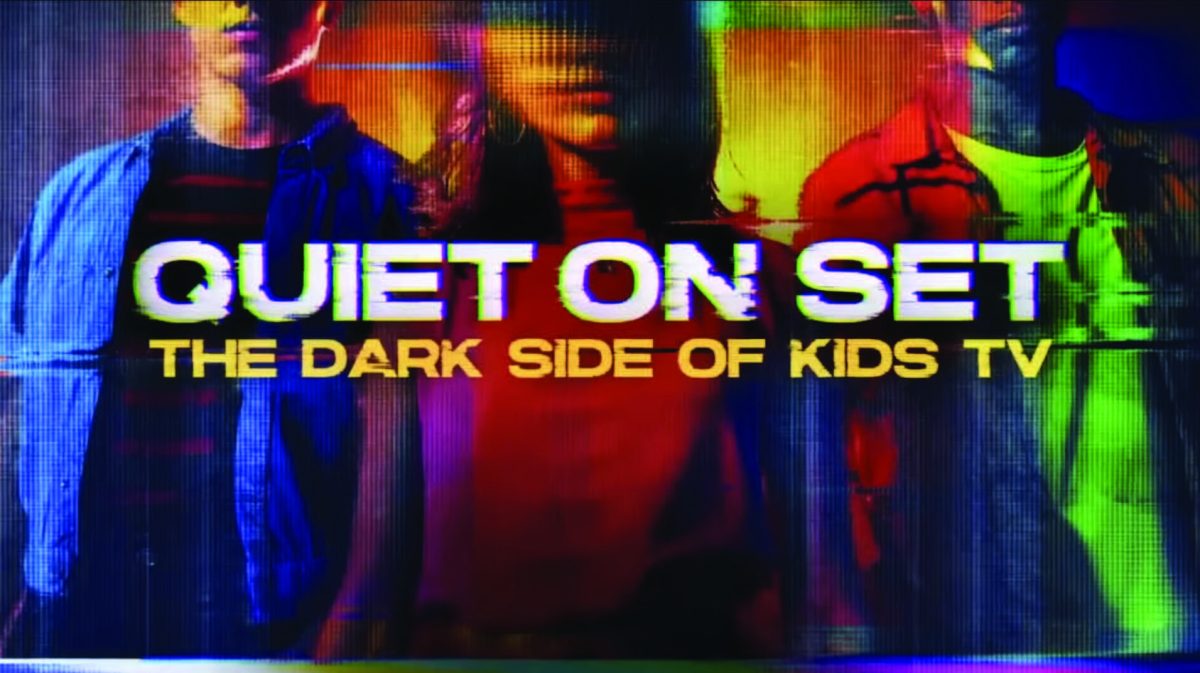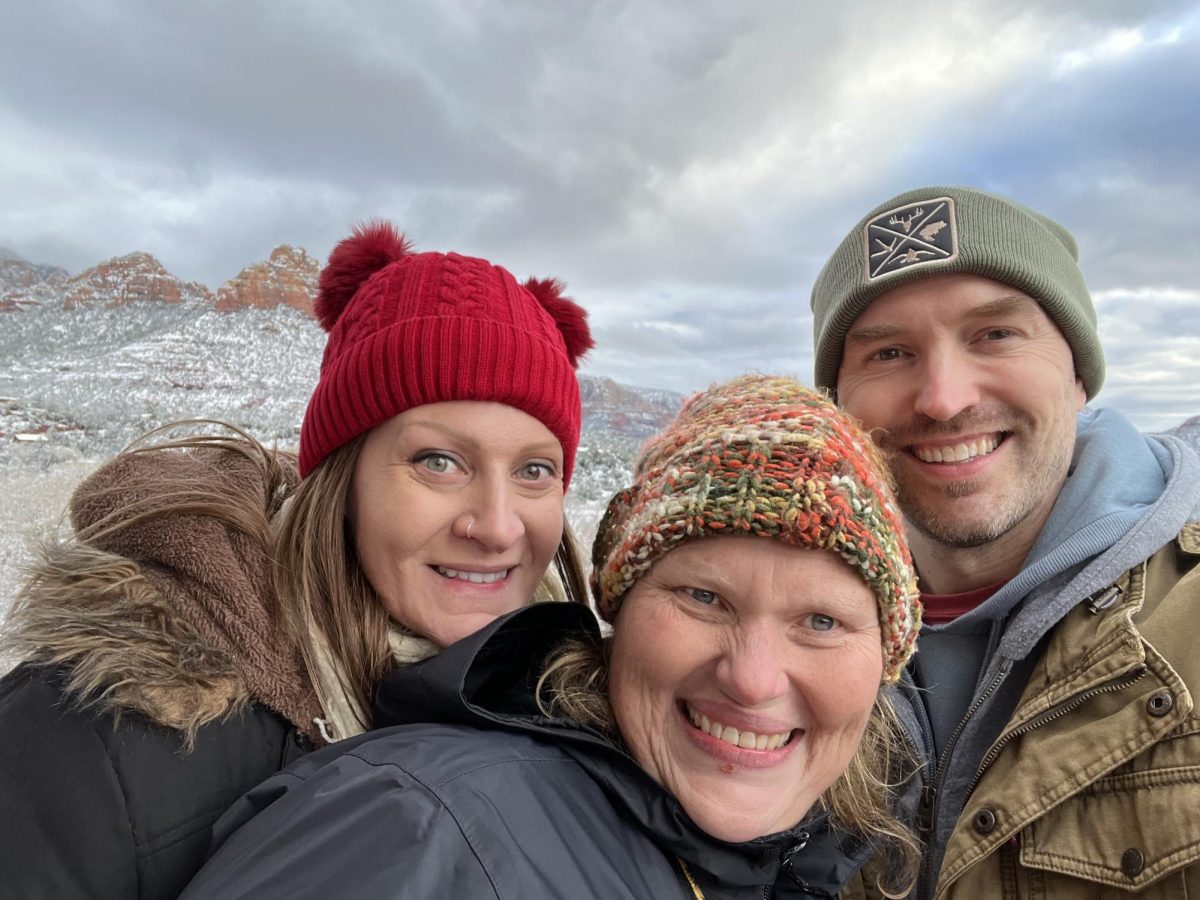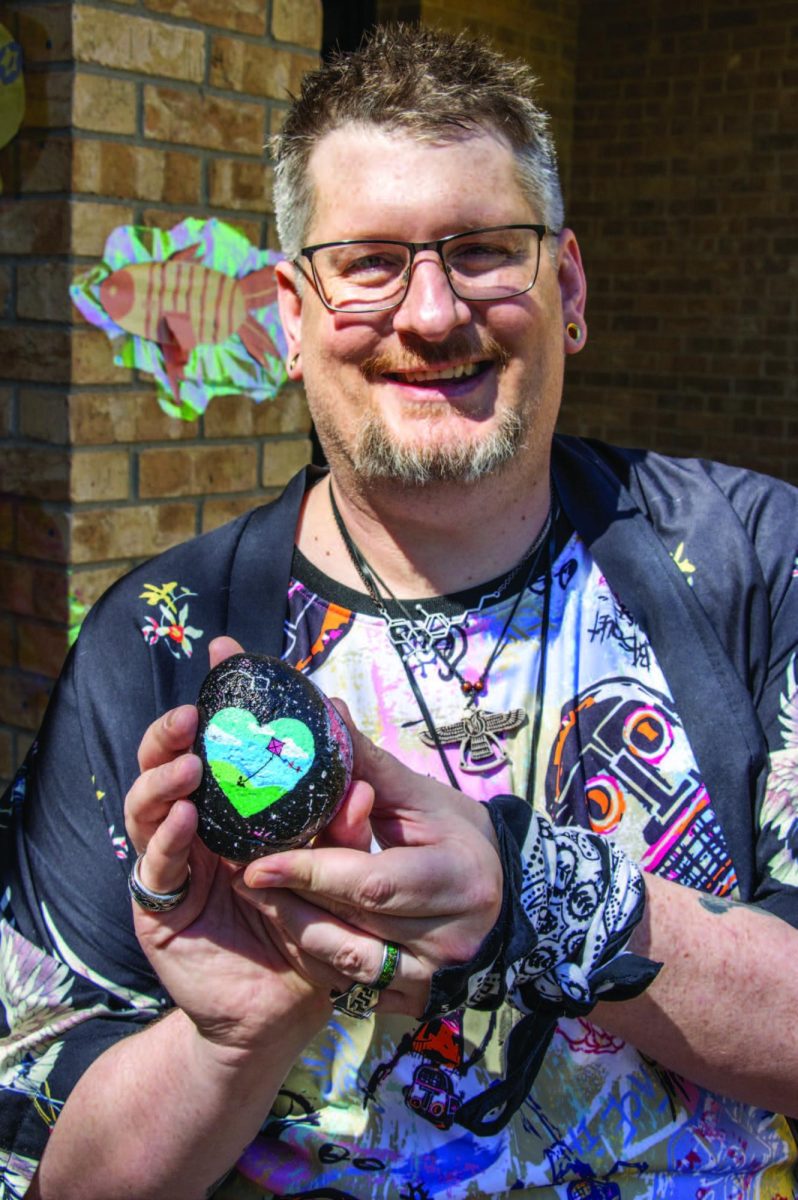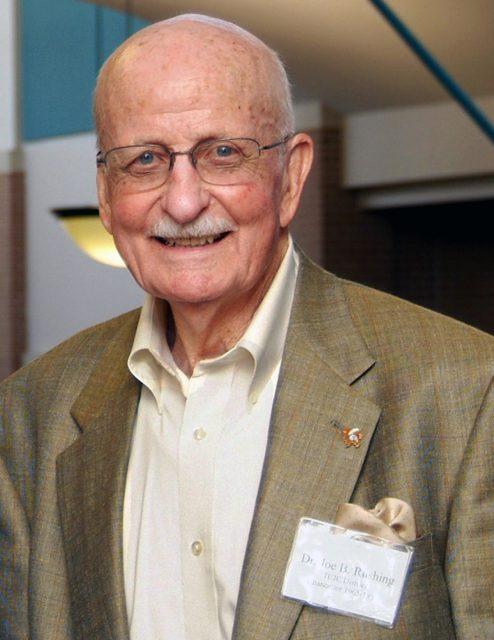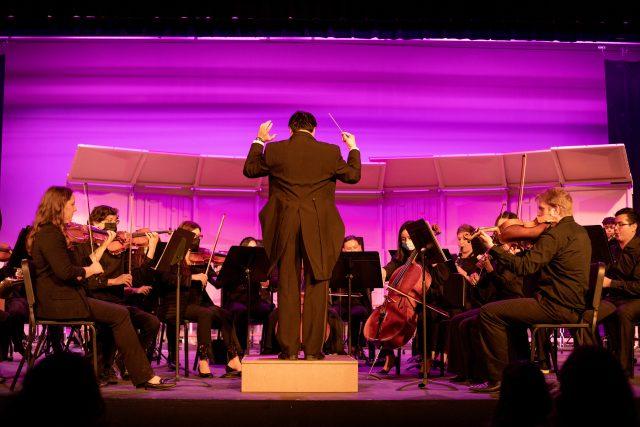Logan Evans
managing editor
A jury recently found the three men charged in the killing of Ahmaud Arbery guilty on several counts of murder. The verdict came after eight days of testimony, much of which centered around a video of the incident taken by defendant William Bryan. The trial has sparked discussion about the role of video evidence in the justice system.
“Video has leveled the playing field,” NE paralegal studies professor Karen Silverberg said. “Eyewitnesses are notoriously bad, just not accurate in a lot of cases. But video doesn’t lie.”
Witnesses are often called to testify weeks or months after the event they’re being asked to recount, Silverberg said. With video, a witness must compare their memory with a visual truth. Juries spend less time determining how credible they find a witness to be.
“It’s a whole lot harder to claim motivations that are not visible,” Silverberg said.
The increased prevalence of video in cases like Arbery’s has led to a greater investment of the public across social media. Silverberg believes this is because the public can now watch something, be affected by it and make more directly informed decisions.
“With George Floyd, you could count the seconds and minutes,” Silverberg said. “It was a very clear set of circumstances.”

Travis McMichael on the right, William Bryan in the middle and Gregory McMicheal on the left were found guilty.
South education professor Jeffrey Herr said he is thankful for the rise of smartphones and social media in bringing awareness to issues of racial injustice through video, but he doesn’t believe the guilty Arbery verdict points toward active change.
“I’m happy with the verdict, but I am skeptical that progress has been attained,” he said. “What if in 1955, there was video evidence of what happened to Emmett Till when the white mob showed up to his relative’s house to kidnap and kill him? That might’ve turned out a lot differently, too.”
NE student Caleb Thompson believes the fact the video was taken and released by one of the killers proves his arrogance in committing a racially-motivated crime.
“It’s a great example of how certain people with not-so-good racial views can be so comfortable upon seeing a video of them unequivocally doing a lynching,” Thompson said. “Saying ‘This makes us look good.’”
Thompson believes while social awareness spurred by video evidence is a good thing, no amount of public opinion can make up for systemic issues.
“If you’re relying on social media to bring about what the justice system should be doing or what the police should be doing, that proves we’re not at a spot we should be,” he said. “Once these institutions are working as they should, social change will follow suit.”

Wanda Cooper-Jones, mother of Ahmaud Arbery, spoke outside the courthouse after the verdicts were read.










